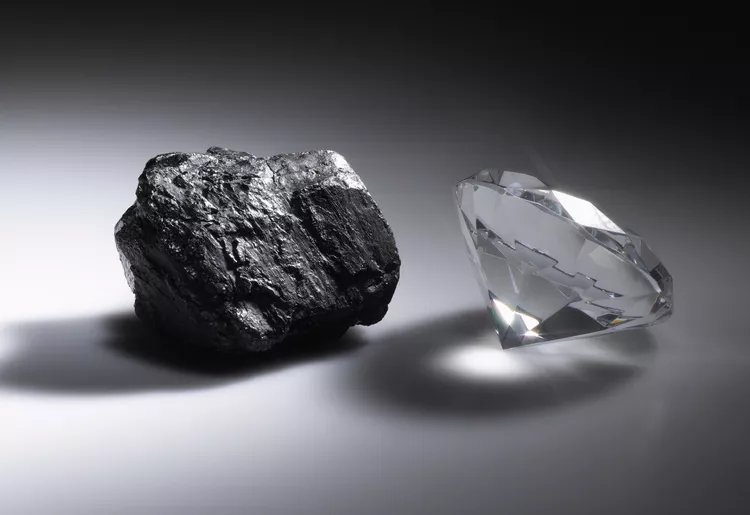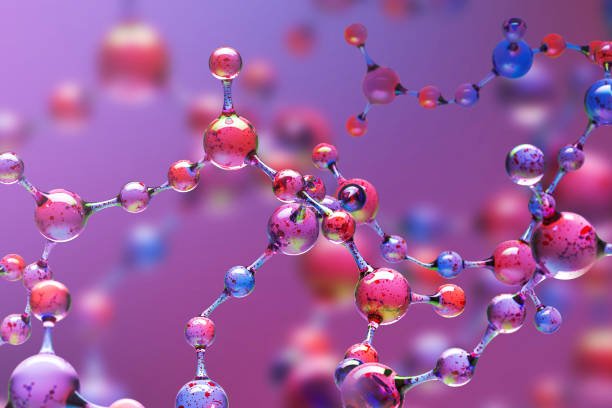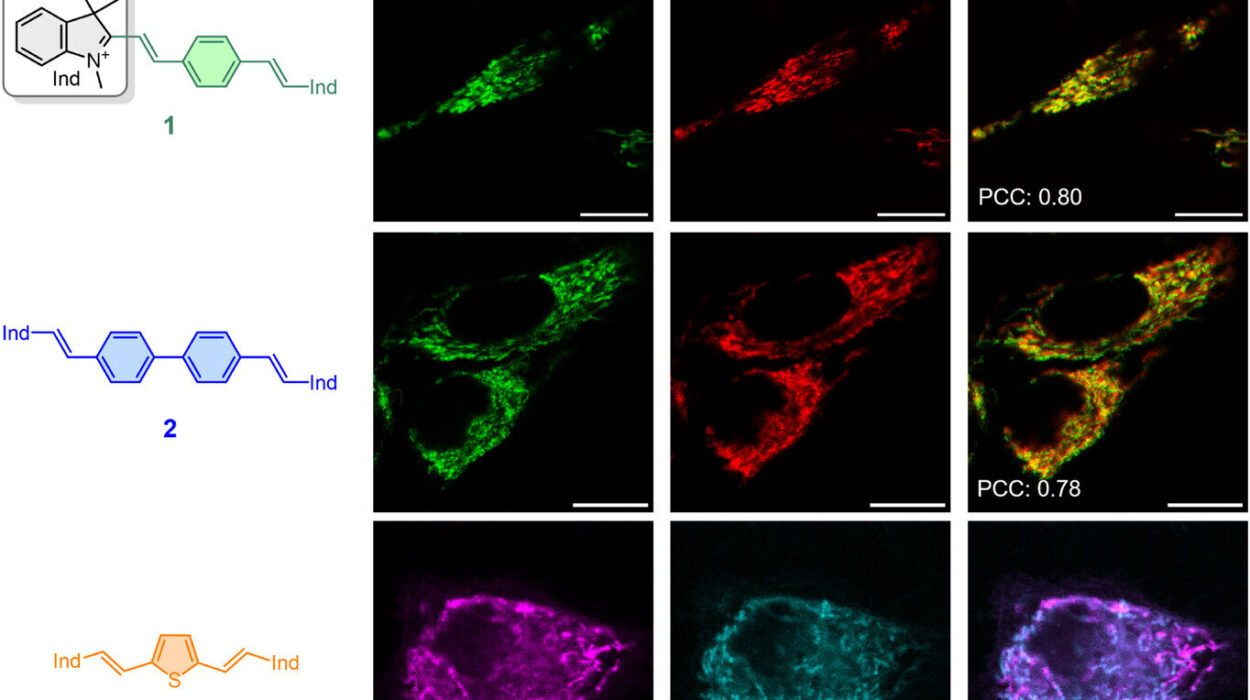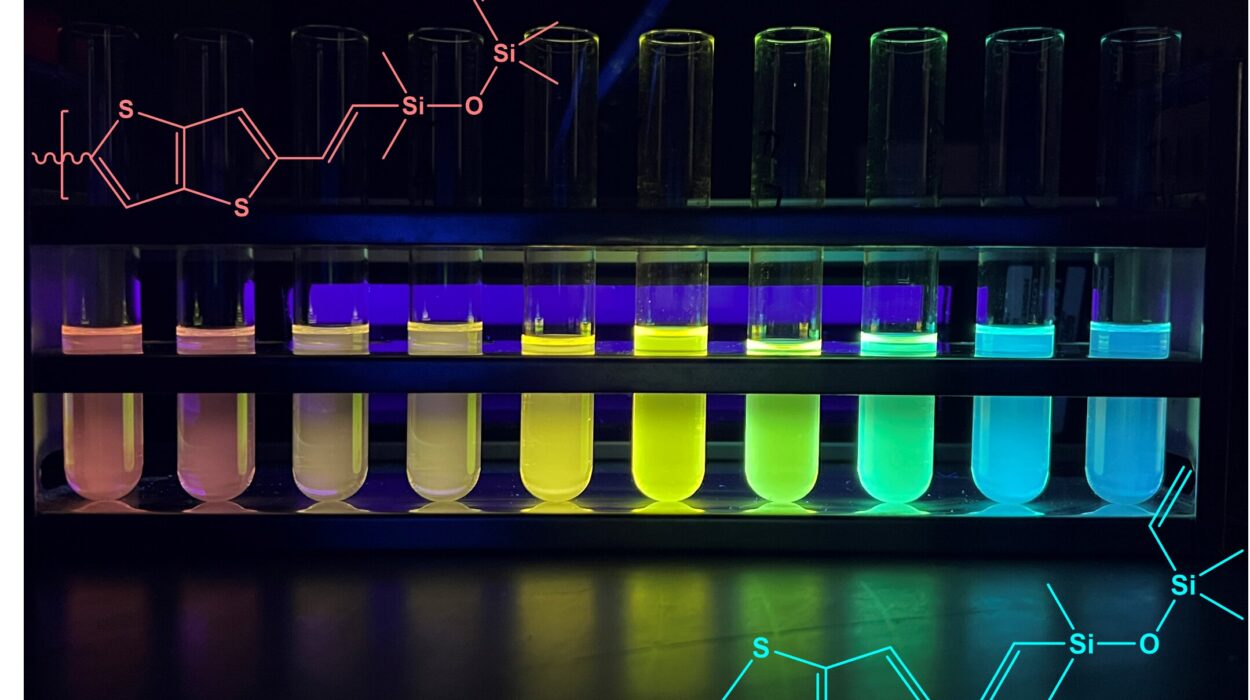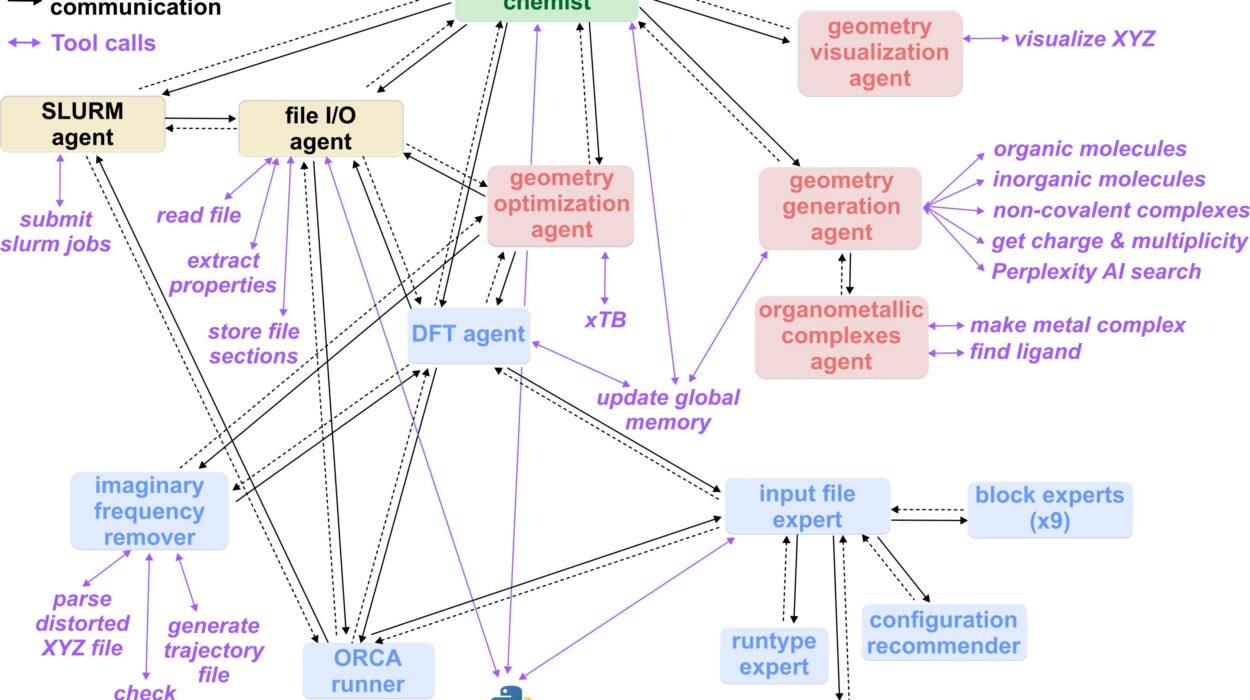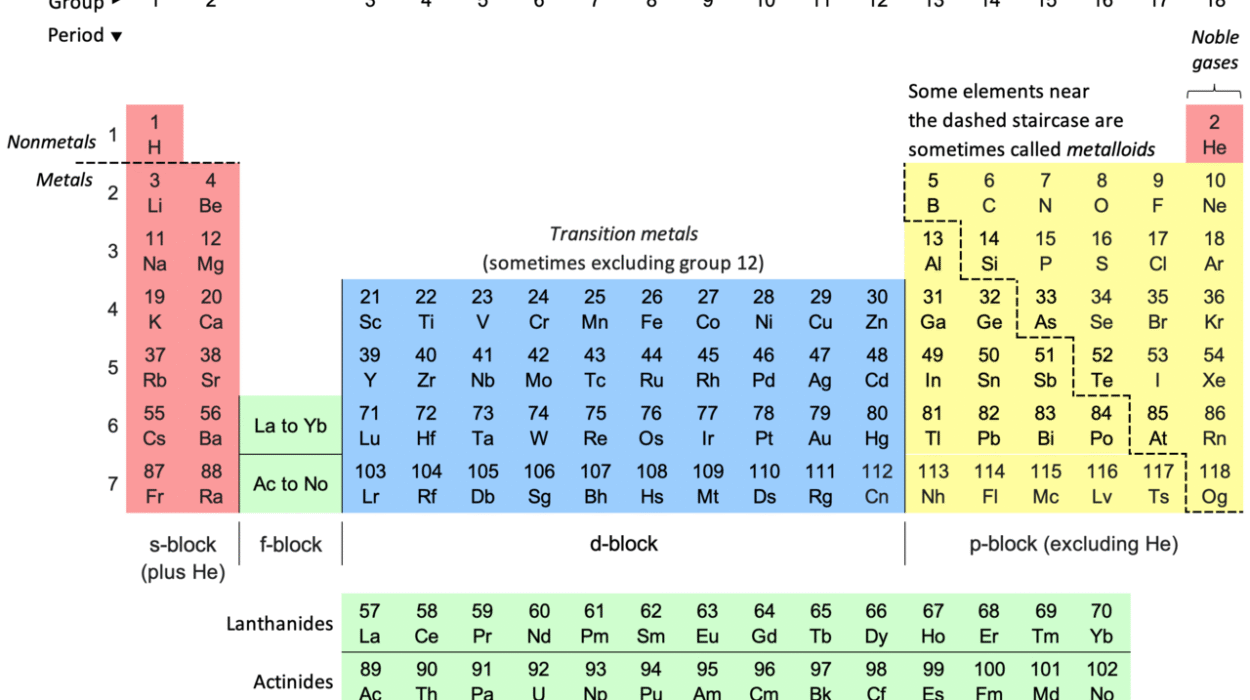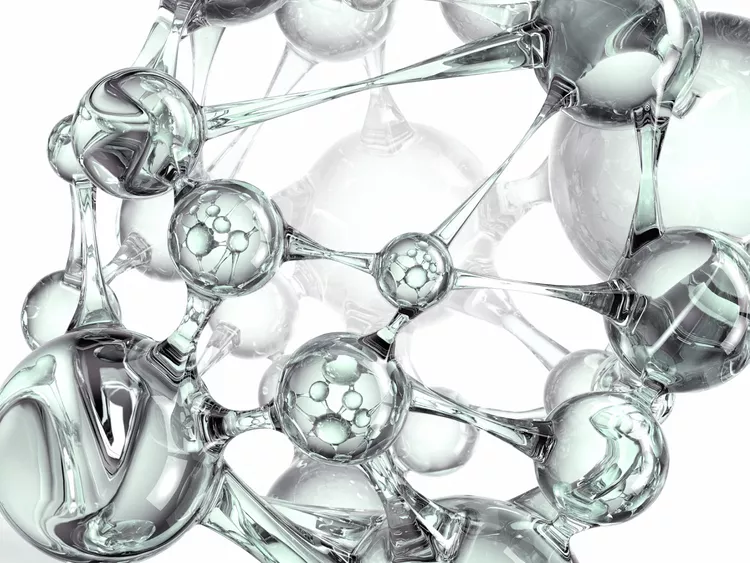There are 118 known elements on the periodic table, each with its unique personality, quirks, and behaviors. Some are fleeting, existing only for milliseconds; others are ancient and stable. Some glow with radioactive fury; others remain inert and unbothered. But among this diverse kingdom of elements, one has ascended the throne—not by force, but by versatility, stability, and sheer creativity. That element is carbon.
Carbon doesn’t glow. It doesn’t explode. It doesn’t rust or shimmer. Yet it is the very backbone of life, the architect of molecules, and the reason you, I, and everything organic exists. Chemists refer to it casually as “the basis of life,” but such a title undersells carbon’s legacy. If chemistry were a royal court, carbon would be not only king but also engineer, artist, and diplomat.
This article unpacks the mystery and majesty of carbon—its atomic elegance, its boundless bonding ability, and its central role in shaping the physical and biological worlds. Welcome to the story of the element that rules them all.
The Atomic Architecture of Carbon
To understand carbon’s supremacy, we must begin at the atomic level. Carbon has an atomic number of 6, meaning it has six protons and, in its neutral state, six electrons. Those electrons are arranged in two energy levels: two in the first shell, and four in the second. It is this configuration—specifically the four valence electrons—that makes carbon so extraordinary.
These four outer electrons are like open invitations to bond. Carbon needs four more electrons to complete its outer shell, and it can obtain them by forming four covalent bonds with other atoms. Unlike elements such as hydrogen (which can form one bond) or oxygen (which typically forms two), carbon can form four connections, allowing it to construct complex, stable molecular frameworks.
But bonding isn’t the whole story. What makes carbon unique is not just the quantity of bonds, but the geometry, variety, and strength of the bonds it forms. Carbon’s bonding capabilities allow it to create single, double, and triple bonds. It can bond with itself to form chains, branches, and rings. It can form molecules as small as methane (CH₄) and as massive as DNA. Carbon’s atomic architecture is a blueprint for possibility.
The Incomparable Versatility of Carbon Bonds
Carbon-to-carbon bonds are among the strongest in chemistry. This strength is critical—it means carbon structures don’t fall apart easily. Yet they’re not so rigid that they can’t evolve, rearrange, or react. Carbon strikes a perfect balance between stability and reactivity, a balance that underpins the entire discipline of organic chemistry.
One of carbon’s most spectacular qualities is its ability to form a staggering range of molecules. These include:
- Straight chains like propane or butane
- Branched chains like isobutane
- Rings like cyclohexane or benzene
- Double and triple bonds, introducing degrees of rigidity and reactivity
- Aromatic systems, where electrons are delocalized across rings, lending molecules unique properties
Carbon also bonds readily with other elements: hydrogen, oxygen, nitrogen, sulfur, phosphorus, halogens, and even metals. Each combination leads to entirely new properties. Consider the difference between ethanol (a drinkable alcohol) and ethylene glycol (a deadly antifreeze)—just a rearrangement of carbon, hydrogen, and oxygen atoms.
This vast combinatorial ability means carbon-based molecules can serve as fuels, solvents, plastics, fibers, drugs, explosives, and more. No other element even comes close to carbon’s capacity to build such diverse, functional structures.
Organic Chemistry: A Kingdom Unto Itself
The entire field of organic chemistry is dedicated to the study of carbon compounds. That’s not a small niche—it’s arguably the largest branch of chemistry. Organic chemistry spans pharmaceuticals, petrochemicals, food additives, fragrances, polymers, and biomolecules. Without carbon, there would be no DNA, RNA, proteins, carbohydrates, or lipids. There would be no beer, no perfume, no rubber tires or Kevlar vests. There would be no you.
The reason carbon has an entire field to itself is due to its bonding versatility and the scale of its molecular empire. Chemists have identified and synthesized millions of organic compounds, and the number continues to grow daily. Even with powerful computational models and databases, we’ve only scratched the surface of what carbon can do.
Consider pharmaceuticals. Most drugs are carbon-based molecules carefully designed to fit into specific receptors in the body. The fine-tuning of those interactions is the art of organic medicinal chemistry. A slight tweak to a carbon chain can turn a life-saving medication into a toxin—or vice versa. It’s like molecular origami, where the folding, twisting, and bending of carbon atoms determines a molecule’s fate.
Carbon Chains and Carbon Rings: The Backbone of Life
Life is, at its core, a dance of molecules. And nearly every molecule in this dance—be it a hormone, an enzyme, or a structural protein—is built on carbon.
Carbon chains provide the scaffolding for fatty acids, which form the lipid bilayers that encase cells. These chains can be saturated or unsaturated, long or short, straight or kinked—each variation offering distinct biological functions.
Carbon rings, particularly six-membered ones like benzene, are foundational to biology and biochemistry. Aromatic rings are found in amino acids like phenylalanine and tryptophan, in vitamins like B6 and B12, and in neurotransmitters like dopamine and serotonin. These rings confer special stability and electronic properties, making them key players in enzyme reactions and cell signaling.
More complex structures, like steroids, are made of fused carbon rings. Cholesterol, testosterone, estrogen—each a potent biological agent—is essentially a decorated carbon skeleton. The ability of carbon to construct flexible yet resilient frameworks is what allows life to be both dynamic and durable.
Carbon’s Role in Biochemical Elegance
Zoom in further, and carbon’s contributions become even more profound. Take the case of proteins. Proteins are chains of amino acids, each built around a central carbon atom called the alpha carbon. This carbon bonds to an amino group, a carboxylic acid group, a hydrogen atom, and a variable side chain (R group). The tetrahedral geometry of carbon allows these groups to orient in three-dimensional space in specific, predictable ways.
This three-dimensionality is critical. The shape of a protein determines its function. Whether it’s an antibody latching onto a virus or an enzyme catalyzing a reaction, the arrangement of carbon atoms defines biological activity. A single misplaced bond can render a protein ineffective or dangerous, leading to diseases like cystic fibrosis or sickle cell anemia.
Then there’s DNA, the molecule of inheritance. Its backbone is made of sugar molecules (deoxyribose), which are themselves complex carbon structures. The bases—adenine, thymine, guanine, cytosine—are rings of carbon and nitrogen. Carbon is the scaffold upon which the genetic code is written.
Carbon doesn’t just participate in biology—it authors it.
Allotropes: Carbon’s Many Faces
As if molecular creativity weren’t enough, carbon also dazzles in its pure elemental forms, known as allotropes. Each allotrope of carbon tells a different story about its personality and potential.
Diamond is carbon at its most elegant and unyielding. Each carbon atom is bonded to four others in a perfect tetrahedral lattice, creating a structure that is nearly incompressible. This configuration gives diamond its legendary hardness and brilliance.
Graphite is carbon in a layered, planar form. Each carbon atom forms three bonds, creating sheets of hexagons. These sheets slide over each other easily, making graphite an excellent lubricant and the material inside your pencil.
Then came the discovery of fullerenes—spherical molecules of carbon shaped like soccer balls—and carbon nanotubes, which have extraordinary strength and electrical conductivity. And perhaps most transformative of all is graphene: a single layer of carbon atoms arranged in a two-dimensional sheet. Graphene is stronger than steel, conducts electricity better than copper, and is flexible, lightweight, and nearly transparent.
Each allotrope showcases a different dimension of carbon’s potential. The same element can be a gemstone, a lubricant, a superconductor, or a nanotechnological wonder. No other element exhibits such polymorphic talent.
The Carbon Cycle: Nature’s Grand Recyclist
Carbon is not only the backbone of life but also the currency of planetary chemistry. The carbon cycle describes how carbon atoms travel through the biosphere, atmosphere, hydrosphere, and geosphere. It is a planetary circulation system that sustains ecosystems and moderates climate.
Plants take in carbon dioxide from the air and use sunlight to convert it into sugars during photosynthesis. Animals eat plants, incorporating that carbon into their bodies. Respiration returns some carbon dioxide to the air. Decomposition, combustion, and geological processes continue the recycling loop.
Carbon is stored in the oceans, in fossil fuels, in forests, in soil, and in the atmosphere. It transitions between organic and inorganic forms, between life and rock, between air and water. The cycle is vast, dynamic, and delicately balanced.
Human activity—especially the burning of fossil fuels—has disrupted this balance, leading to rising CO₂ levels and global climate change. Yet even this crisis underscores carbon’s central role. We are reshaping the climate by altering carbon’s pathways. Our fate, it turns out, is tied to this single, ubiquitous atom.
The Chemistry of Carbon Fuels
Carbon’s energy-storing capabilities have shaped civilization. Wood, coal, oil, natural gas—each is a reservoir of chemical energy, stored in carbon-based compounds. When burned, the bonds between carbon and hydrogen are broken, releasing energy in the form of heat and light.
The Industrial Revolution was fueled by carbon: coal-fired engines, oil-fueled machines, gasoline-powered vehicles. Even today, fossil fuels account for the majority of global energy consumption.
Carbon’s energy-rich bonds, particularly in hydrocarbons, make it ideal for fuel. Methane (CH₄), the simplest hydrocarbon, is clean-burning and highly efficient. Heavier hydrocarbons in petroleum are refined into products ranging from jet fuel to plastics.
However, the same properties that make carbon a great fuel source also make its combustion a driver of pollution and climate change. Understanding carbon’s chemistry is essential not just for exploiting its energy, but for mitigating its environmental impact.
Synthetic Carbon Chemistry: The Designer’s Playground
One of the marvels of modern chemistry is the ability to design and synthesize new carbon compounds with tailor-made properties. This is the realm of synthetic organic chemistry, where chemists create molecules from scratch, atom by atom.
These synthetic molecules can mimic natural compounds or do things nature never imagined. We’ve created carbon-based materials that are stronger than steel, lighter than air, more flexible than rubber, and more conductive than copper. We’ve synthesized drugs that fight cancer, viruses, and bacterial infections. We’ve built plastics, dyes, adhesives, flavors, and fragrances.
Carbon’s ability to form predictable yet versatile frameworks makes it the perfect canvas for molecular design. The rules are clear, but the possibilities are infinite.
Perhaps the most exciting frontiers are in the fields of carbon-based nanotechnology and molecular electronics. Carbon nanotubes, graphene circuits, and carbon quantum dots are ushering in a new era of computing, sensors, and energy storage.
Even life itself is being reimagined through synthetic carbon chemistry. Scientists are exploring artificial life forms, reprogramming carbon-based molecules to perform specific tasks, and even building new types of genetic systems.
Conclusion: The Undisputed Monarch of Matter
Carbon is more than just an element. It is a phenomenon. A paradox. A miracle of nature. Simple in atomic structure, yet infinitely complex in behavior. Modest in appearance, yet profound in impact. Carbon is the thread that connects the stars to your cells, the engines to the enzymes, the diamonds to the DNA.
Its reign as the king of chemistry is unchallenged because no other element comes close to its versatility, stability, and creative power. Carbon writes the story of life, fuels the engines of industry, and sketches the blueprints of future technologies. From the depths of the Earth to the edges of human imagination, carbon rules.
To study carbon is to study connection, complexity, and possibility. It is the language of molecules and the legacy of creation. In the ever-expanding universe of chemistry, carbon is not just an element—it is the soul of matter itself.
